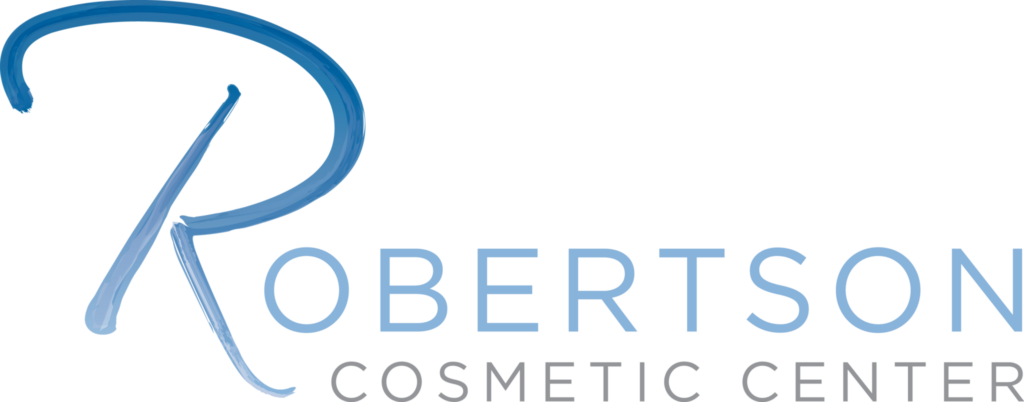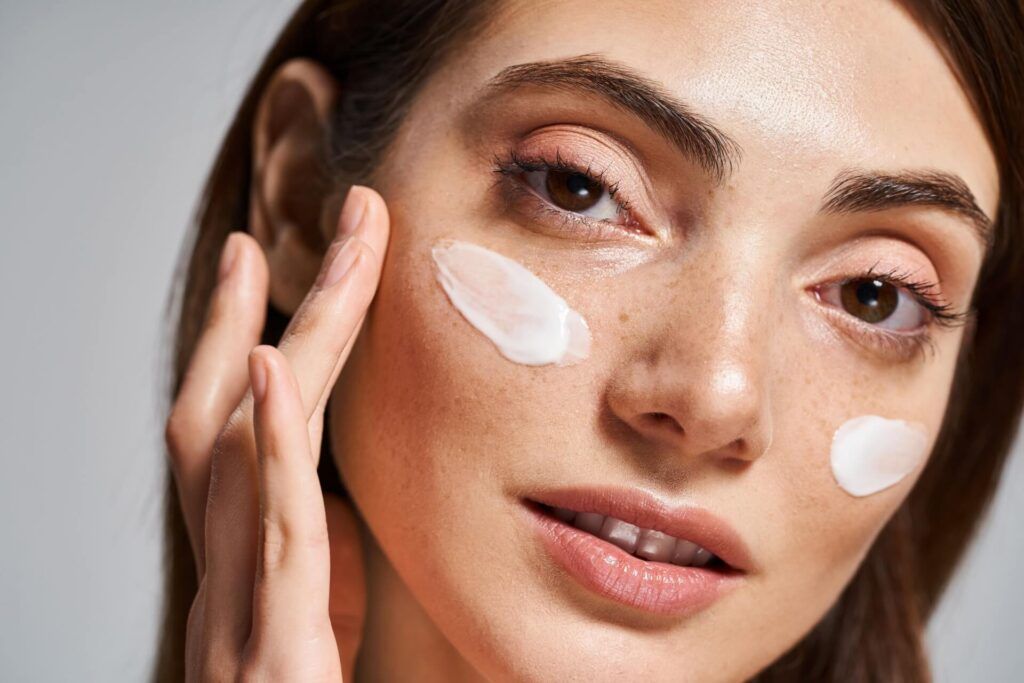Let’s start the New Year with our best face forward. So what exactly does this entail? Integrating three essential components to our skin care regimen including vitamins A, B & C. By incorporating these three vital ingredients, you are sure to see a noticeable difference in the appearance of the skin. Just like the human body and other vital organs, our skin craves nutrients. Nutrients can be delivered both through ingestion and also topically.
In years prior, traditional practices often prescribed teen and adult acne patients with Vitamin A, a topical Retin-A or a generic cream/gel to help with congested skin and to expedite cellular turnover. As studies progressed, they that suggested that retinoids, Vitamin A derivative, also help promote even skin texture, improvement in fine lines and wrinkles and overall complexion enhancements. Patient feedback also supported these findings as well. Vitamin A, which was once strictly labeled for acne prone patients now takes the driver’s seat in anti-aging. Due to its photo-sensitizing properties it is typically used in our evening skin care regimen, slowly increasing use or frequency (times per week) as our skin becomes tolerant and adjusts to the product. In addition, the industry is always releasing new formulations offering patients less and less irritation, thereby increasing compliance of product use and results.
Vitamin B can come in a variety of forms. The most recognized is in the form of hyaluronic acid. Hyaluronic acid is something that healthy skin can produce naturally and helps the skin maintain its barrier function while retaining moisture. Hydrated skin has the tendency to produce reflectivity, a sign of good skin health. Hyaluronic acid is known for its hydrophilic properties which help plump and soften irregularities in the skin such as fine lines and wrinkles. Healthier skin will not only be more than likely age slower; it will yield some extent of protection against both intrinsic and extrinsic factors. Hyaluronic acid can be seen as a pliable serum which is used in layering or can be found in sunscreens and moisturizers as active ingredients. This substance is also found in the injectable form such as dermal fillers like Juvederm, Restalyne & Perlane.
Vitamin C is yet another important nutrient for our skin as it a key antioxidant. Antioxidants help protect and fight against free radical damage. Free radical damage is a huge proponent in external damage and collagen breakdown. An example of free radicals is pollutants and airborne chemicals/toxins. Our skin’s barrier is not equipped to fully protect itself from these external factors. Continued unprotected exposure may result in noticeable in loss of elasticity, differentiation in color/tone of skin and texture irregularities. In addition, sun and skin damage become more apparent and visible as the aging process occurs. It is not uncommon for individuals to use vitamin C topically to help correct existing damage while fighting against future. There are instances when vitamin C can feel “active” on the skin of the person is not acclimated, in most cases that can happen with L-ascorbic acid. L- Ascorbic acid is one of the smallest molecules of vitamin C which is valuable in proper penetration and efficacy of the product. Extended use of the vitamin C will help provide a brighter complexion and more vibrant skin. If you feel like giving your skin a drink of water and dose of vitamins, you cannot go wrong with your ABCs. Happy New Year!
–Sara, Clinical Aesthetician Middleton




